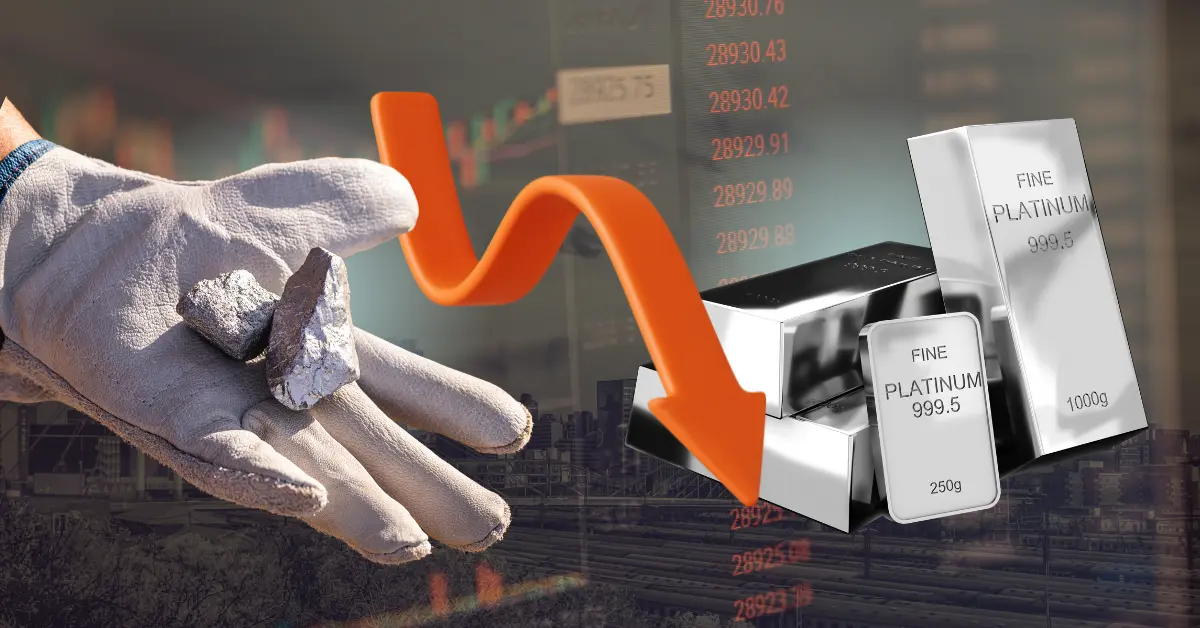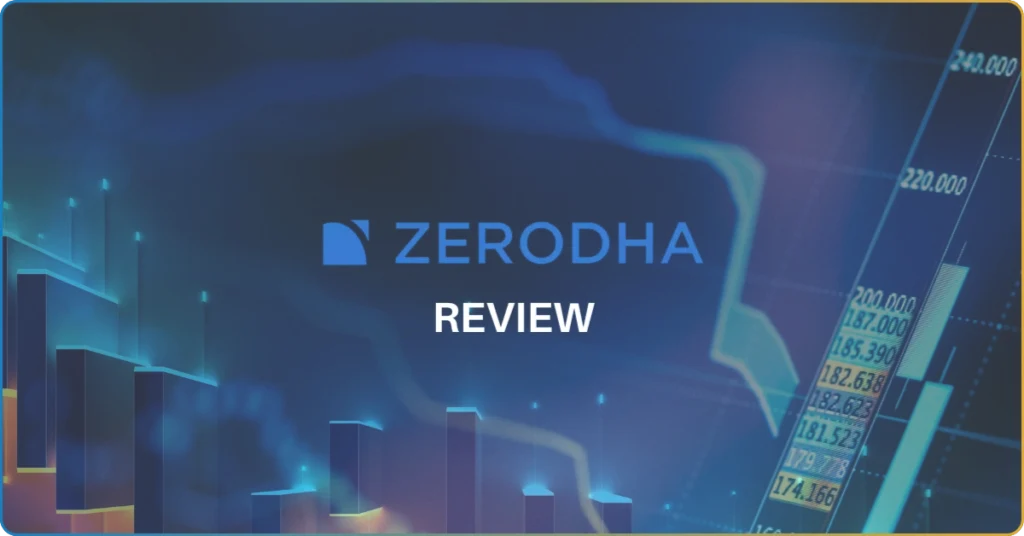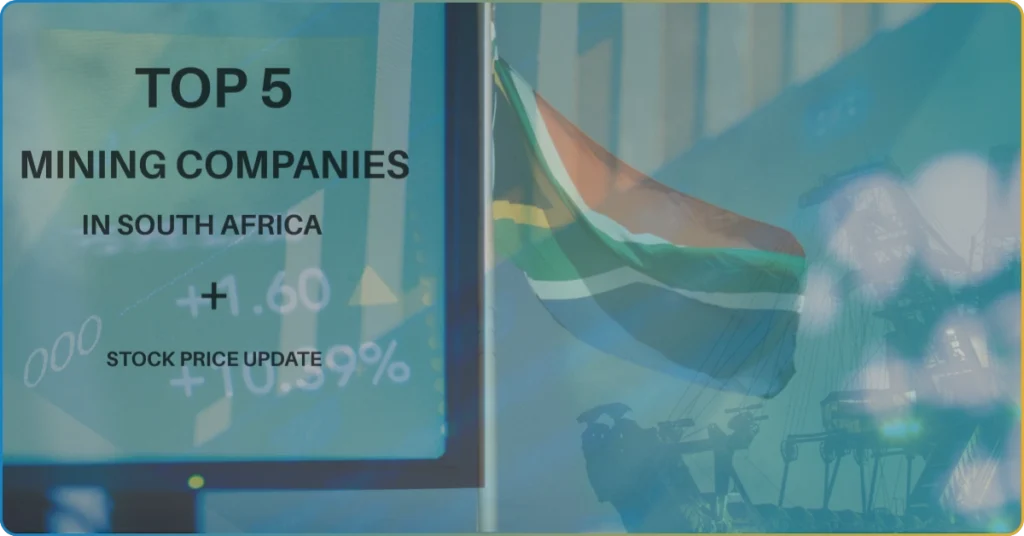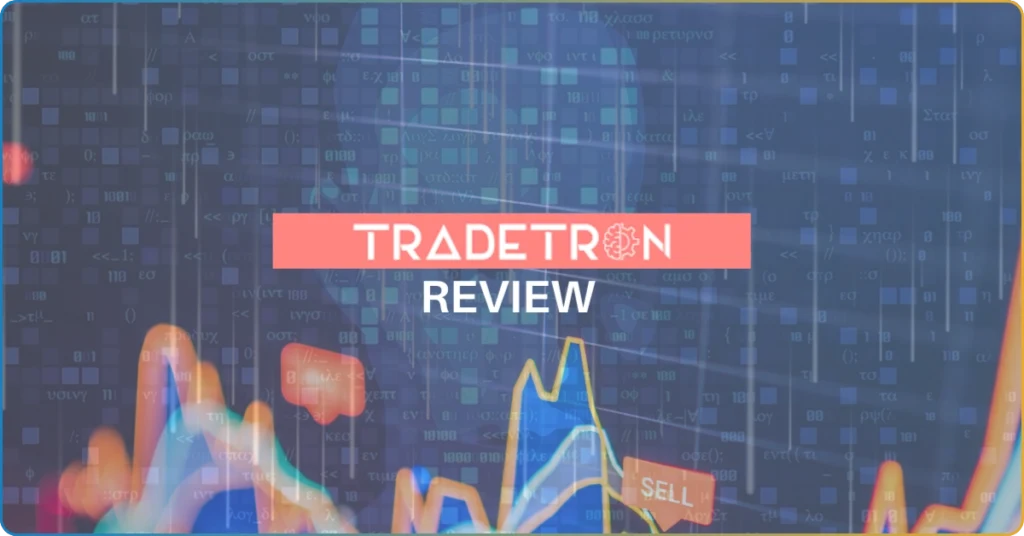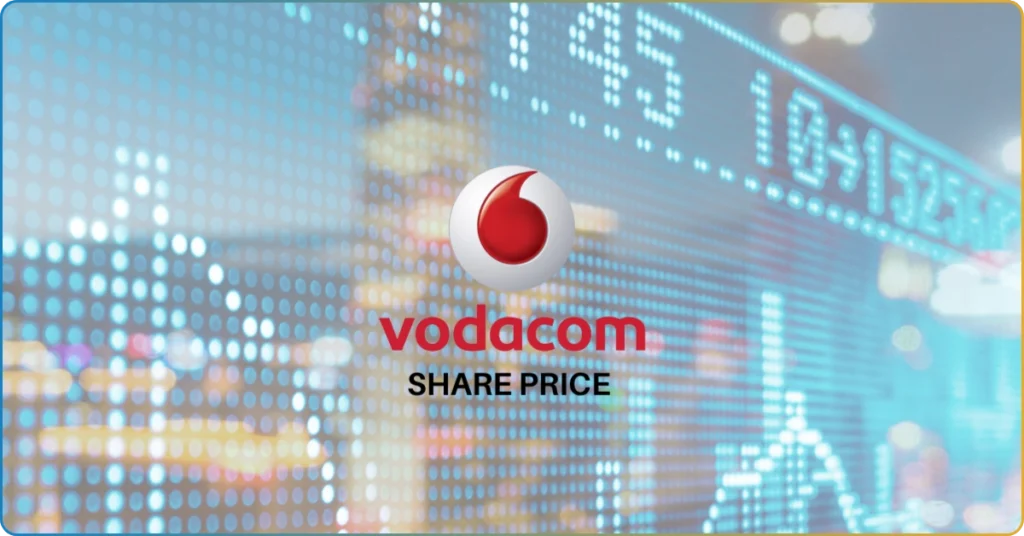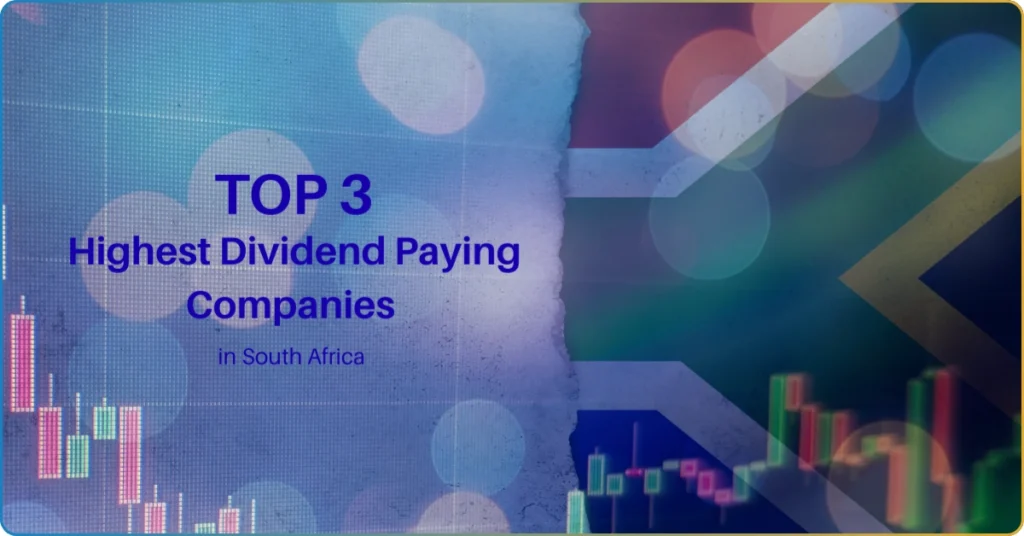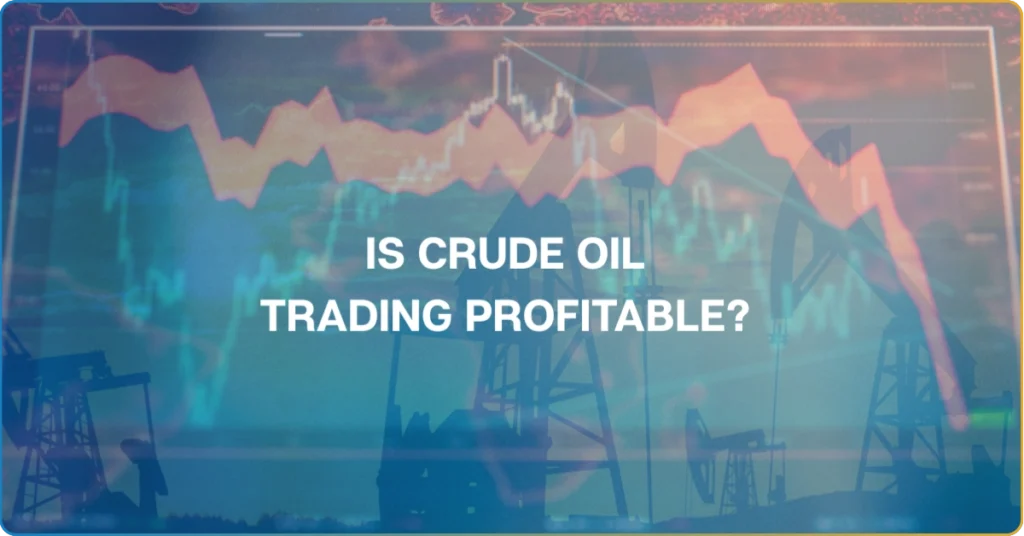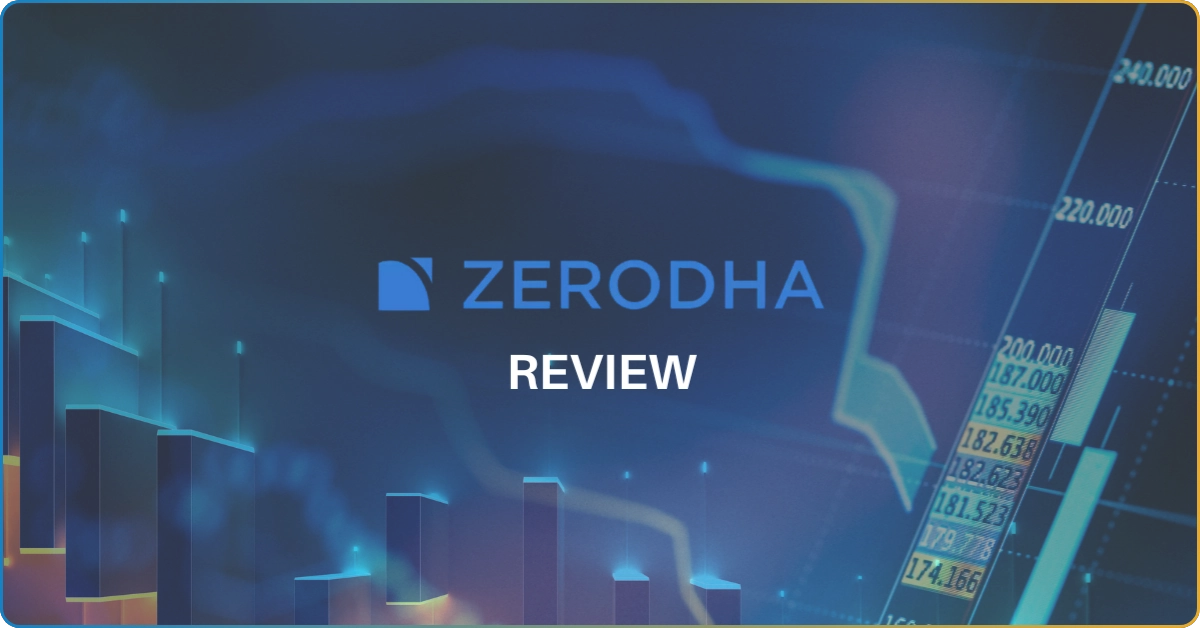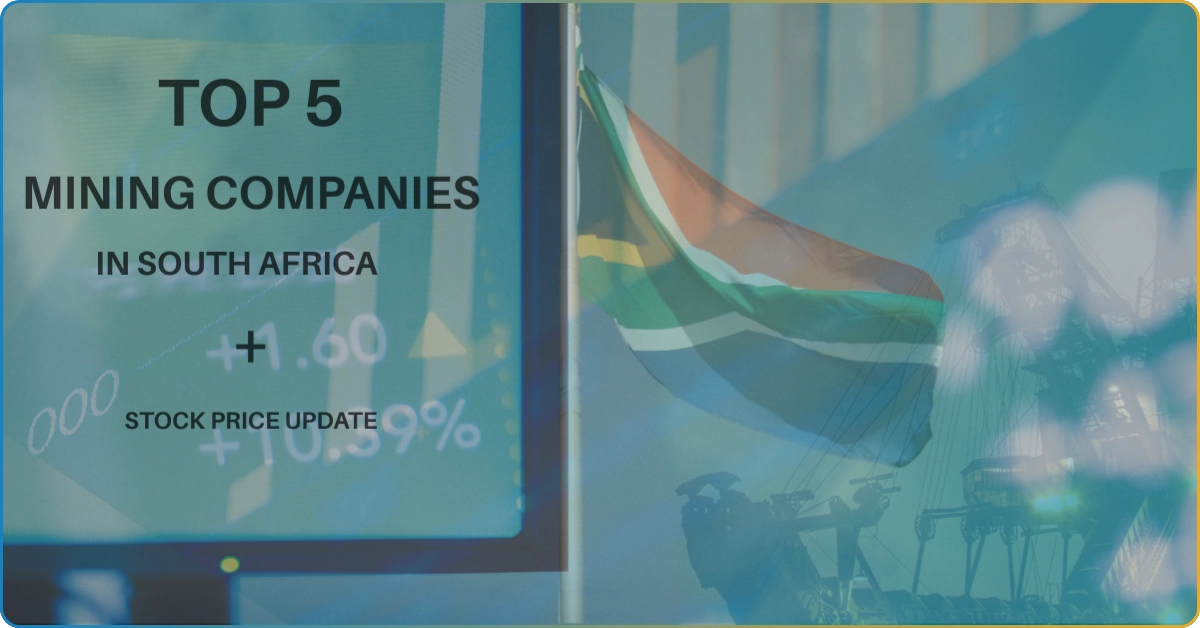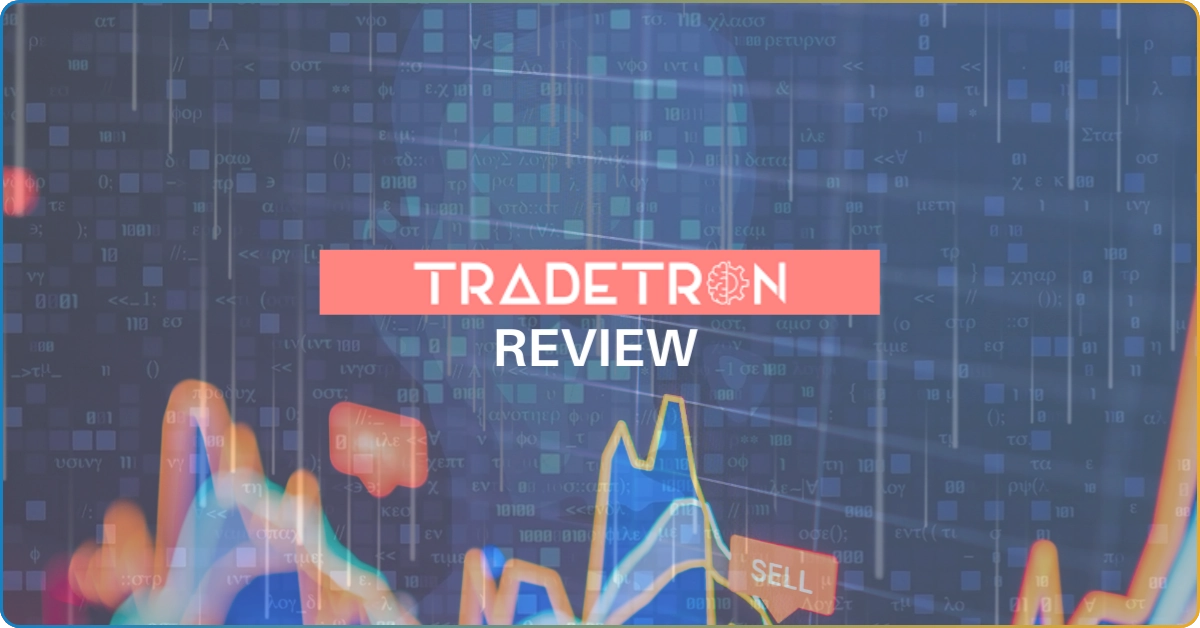Platinum is in high demand, but the platinum price needs to follow suit. Despite a 1028 koz (thousand ounces) deficit in 2024, platinum is sold as low as USD 843.10.
Widely used in the automotive and jewelry sector, South Africa provides around 80% of the world’s platinum supply. In 2023, South Africa totaled an estimated 120 metric tons of platinum, maintaining its frontrunner status in production.
Below, we discuss platinum price, investments in platinum in South Africa, and commonly asked questions about metal investments.
Platinum live prices
Platinum prices remain volatile despite high demand and an increasing supply deficit.
The metal is currently sold between R 14670.80 and R 19228.13 per troy ounce, and its market capitalization is USD 246.27 billion.
Platinum prices declined for much of the first half of 2024 – dropping to R16,600 in June from R17, 205 in January. For the second half of 2024, the prices are expected to stabilize with a slight increase of R17,800 at the end of the year.
| ZAR | USD | |
| Per troy ounce | 17140 | 985 |
| Per gram | 549.35 | 31.57 |
| Per kilogram | 549315.46 | 31568 |
| Range | 14670.80 – 19228.13 | 843.10 – 1105 |
| Market capitalization | 246.27 billion | |
| All-time high | 39848.34 | 2290 (February 2008) |
A review of the platinum market
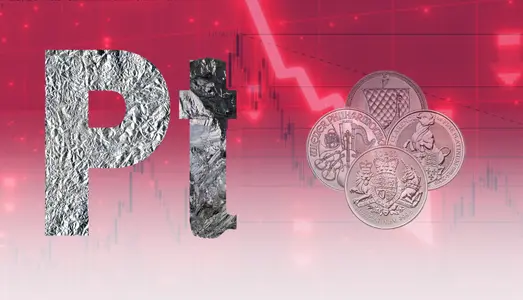
In a recent report published by the World Platinum Investment Council (WPIC), they presented relevant issues and trends for investors exposed to platinum investments. The council highlighted a significant market deficit, and a complex supply and demand dynamic.
Platinum Market Deficit
Platinum prices have been volatile this year, despite increased demand and an ongoing supply deficit.
The WPIC forecasts a total deficit of 1,028 koz for the full year of 2024. According to the report, the year’s deficit reflects a second consecutive year of significant deficits which is equivalent to 13% of annual platinum demand.
Supply and Demand Trends
Global demand jumped 13% in Q2 2024, reaching a four-year high of 2,421 k oz in demand. The high demand is largely due to a sharp uptick in platinum ETF holdings, up by 444 koz. Meanwhile, all other demand categories – automotive, jewelry, industrial, and investment – also grew year-on-year.
In contrast, global mine supply only increased by 5%, largely driven by South Africa refining backlog production.
Platinum price forecast
Platinum prices are on a downtrend. Based on the analysis above, prices have declined since the start of the second half of 2024.
WPIC projects overall investment demand for platinum to decline. Global bar and coin investment is forecast to drop by 44% to a 10-year low of 180 koz. Meanwhile, North American demand is expected to fall to a seven-year low this year, because of modest buying interest and the absence of the platinum EAgle bullion coin.
ETF holdings are also expected to decrease to 150 koz.
The WPIC predicts a small price increase around the last quarter of 2024, but the metal’s price is expected to remain rangebound for the remainder of the year.
Why are platinum prices so low?
The imbalance between platinum supply, demand, and price may present mixed signals to many investors and those following the metal. This begs the question as to why platinum prices are low despite these conditions.
A variety of factors have created a complex market environment where prices do not always align with traditional supply and demand dynamics.
Complex macroeconomic backdrop
Two of the world’s top platinum consumers – China and Germany – are experiencing economic crises.
Despite the Chinese Central Bank’s hoarding of precious metals, China’s economy is struggling with a potential financial crisis, marked by a housing downturn, declining industrial growth, and a six-month high jobless rate.
Meanwhile, Europe’s economic growth remains weak, especially in Germany, which faces high inflation, energy costs, and labor shortages, leading to a forecasted growth of just 0.2%.
As the economy of these top consumers lose luster, market sentiment has not been strong enough to drive prices up.
Restructuring of platinum mines
Some of the biggest platinum mines are implementing restructuring efforts due to the industry’s substantial losses.
Take for example, Impala Platinum – the world’s second largest producer of platinum – has reported a 19% decrease in full-year revenue this year. To ease the losses, the company has made abrupt and strategic decisions to maintain profitability.
Overall, South Africa’s PGM mining industry has reduced its headcount by 10,000 employees in 2024. Meanwhile, platinum production declined by 1.7% CAGR since 2006, which parallels the platinum market deficit.
How to invest in platinum
Despite the volatile market, platinum remains a positive investment. According to the WPIC, investor sentiment for platinum has improved in 2Q 2024, although this is yet to be reflected in the price.
- Buy physical platinum. Can be purchased through bullion coins or bars. Ideal for long term investors who can store the metal.
- Invest in Platinum ETFs. A favorite among beginner traders. Exposure to platinum market can be done online and diversify portfolios.
- Platinum Futures. Can speculate with futures contracts and trade with leverage. More complex and ideal for seasoned traders.
- Platinum Mining Equities. Represents partial ownership of mining company through a share.
Not sure where to begin? Join a community of traders, investors, and enthusiasts. Learn, grow, and trade together.
Top platinum mining companies in South Africa
South Africa provides around 80% of the world’s platinum supply. Producing 120 metric tons a year, SA is a frontrunner in platinum production.
Royal Bafokeng Platinum
Royal Bafokeng Platinum Limited is largely unrivaled in the PGM mining sector; it was recently acquired by Impala Platinum last year.
The Royal Bafokeng Platinum has been delisted from the JSE in 2023, and is renamed as Impala Bafokeng, a wholly owned subsidiary of Impala Platinum.
Impala Platinum
For the financial year ended June 2024, Impala reported a 13% increase to 3.65 million ounces after the acquisition of Bafokeng.
As of this writing, Impala Platinum shares are priced between R90.44 and R96.51 and are listed as IMP on the Johannesburg Stock Exchange.
Eland Platinum Mine
The Eland Platinum Mine was developed in 2020. Its production is forecasted to reach 100,000 ounces per year by 2025.
It is located in South Africa’s North West province and is owned by the Northam Platinum Holdings Limited.
Northam is listed as NPH at the JSE and is currently selling at R108.34 per share price.
Frequently asked questions
Platinum vs. Palladium as an investment?
Choosing between platinum and palladium is entirely up to your investment objectives.
Both metals can diversify your investment portfolio. However, palladium is 10 times rarer than platinum, with most of its demand also coming from jewelry and the automotive sector. Historically, palladium prices were exponentially higher than platinum’s, but recent times have seen a levelling of prices.
For comparison, here are the current gold, silver, platinum, and palladium prices.
| Per ounce | Range | |
| Gold | 45888 | 32159.70 – 46101.16 |
| Silver | 546.09 | 367.99 – 573.60 |
| Platinum | 17169.75 | 14726.34 – 19300.92 |
| Palladium | 18907.90 | 14298.12 – 22653.93 |
Should I buy platinum or gold?
Earlier, we mentioned that platinum is ten times scarcer than gold and that we see a lot of demand for platinum in both investment and industry. But why is platinum cheaper than gold if it’s scarcer and has more practical uses?
Gold has intrinsic value, cultural and historical relevance. For centuries, gold has been revered as a symbol of wealth, power, and cultural signifier. Gold holds value in multiple ways, even without industry demand.

